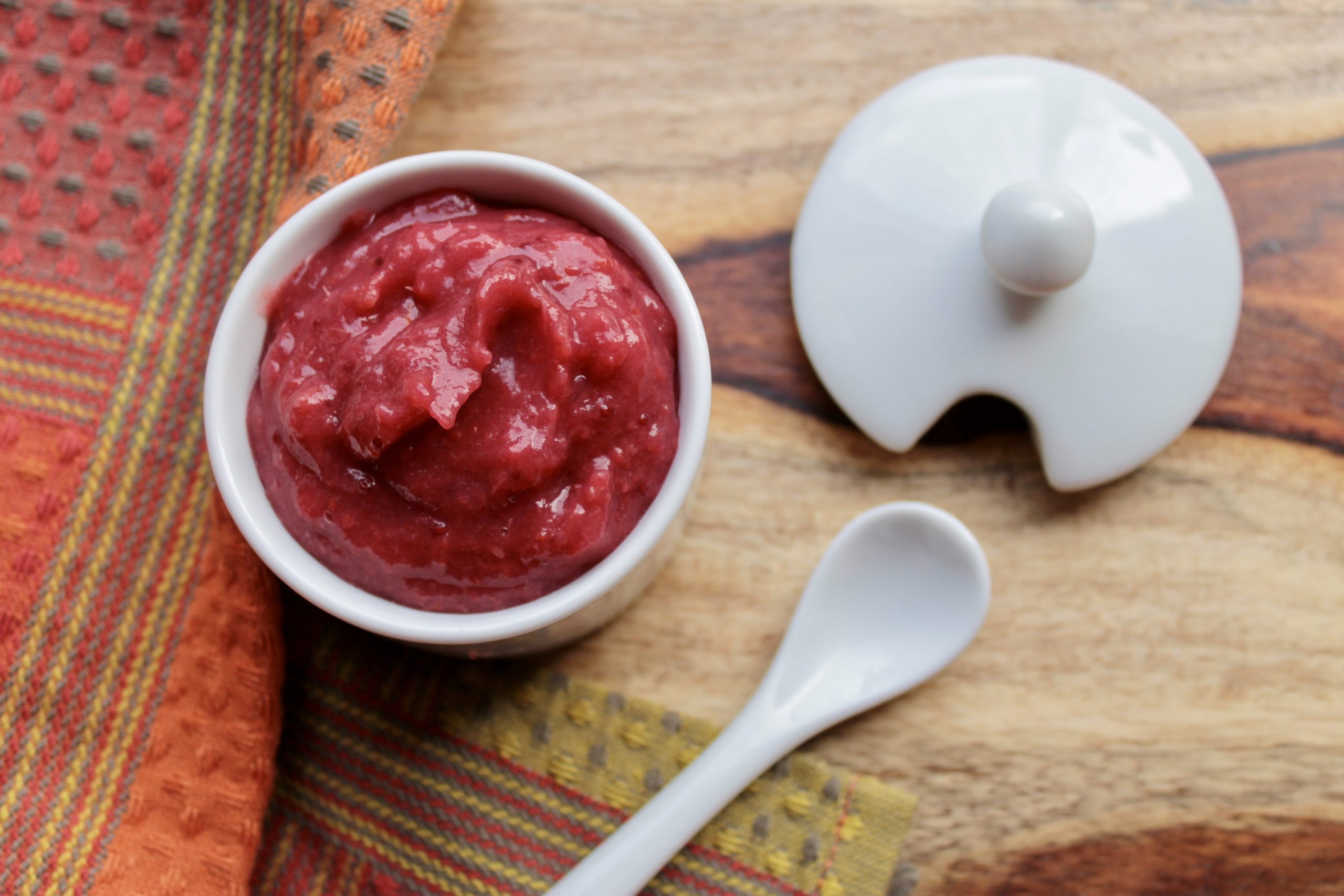After many years of avoiding them. I recently had to take an antibiotic due to a dental surgery.
Antibiotics can be the last straw that destroys digestive health by disrupting the biome. The health of the biome before taking antibiotics makes a big difference in how they effect you. But everyone should employ a recovery strategy to prevent the destruction of one of our most important health buffers, our biome.
You can do this by eating the right diet and taking the right supplements after treatment. I will show you how.
Most people know about probiotics, buy you need more to recover after antibiotics. Probiotics are part of the picture, not the full picture. By adding prebiotics to your diet, you are not replacing your good bacteria, you are FEEDING your existing bacteria so it can grow back and thrive.
It is a myth that you can replace lost bacteria with probiotics. Most probiotic capsules contain dead bacteria, which are still useful in their ability to train the immune system.
The strength of your immune system and the state of your biome are interlinked. So while probiotics can be a useful for immune support, they won’t restore bacterial colonies like prebiotics can.
What are prebiotics?
Prebiotics are the preferred food of your beneficial bacteria and consist of plant fibers. Antibiotics will reduce the colonies of your good bacteria to a very small number and in order to recover them, you need to feed them.
The strategy to recover or rebalance your biome is not rocket science. You simply feed the species you want to foster (they eat prebiotic fibers) and starve the species you don’t want (they eat sugars and starches like grains).
Prebiotics is a tricky topic for people with IBS. If there’s a bacterial overgrowth in the small intestine, there could be a bad reaction to prebiotics.
That’s why I give 5 different options below for prebiotic fibers that can work for different people.
Eating prebiotic foods is also important. These foods are high in FODMAPs or fermentable carbs and include things like apples, pears, asparagus, artichoke, leeks, cauliflower, onions and garlic. People with SIBO can’t do this.
Following these eating principles regularly to bolster the richness and diversity of your biome can be the difference between crashing your biome after antibiotics or recovering well from them. If you bacterial colonies are already low, a course of antibiotics can wipe them out completely, and there is nothing left to regrow.
But what is you can’t eat these foods because your biome is already disordered?
This is where supporting your digestion and eating these foods in broken down form and in small amounts can help a lot.
You can support stomach acid and bile by taking digestive bitters, apple cider vinegar and digestive enzymes (if you need them), before a meal.
Adding small amounts of prebiotic or high FODMAP foods to soups and stews may increase your ability to tolerate them. Even people with SIBO can tolerate tiny amounts of FODMAPs. When foods are already broken down by the cooking and blending process, your body has to do less work to break it down.
Bloating and gas comes from all the leftover food particle that your stomach was unable to digest. These particles become food for bacteria or yeast and release endotoxins that cause gas, reflux, bloating or inflammation.
If you have SIBO you have to be very careful but you can still follow some of these principles. And if you are not sure if you have SIBO or not, get tested. I offer SIBO testing in my practice.
Some of these principles apply to everyone. For example, avoiding raw foods. They are hard to digest for everyone.
Cooking your food well (stewing, slow cooking or pressure cooking) and blending or pureeing it will make it easier to digest the fibers in it.
Making soups and smoothies can be easy, and that will make you more likely to do it.
The first few weeks after antibiotics is the most important. This is when you want to cut sugar and eat as many veggies as you can tolerate in smoothie, soup or stew form.
Here is how to build a perfect biome recovery smoothie.
Prebiotics powders
Green banana flour: This is what it sounds like. Unripe bananas that are dried and pulverized. They are one of the best sources of resistant starch which feeds anti inflammatory bacteria in the colon. These bacteria produce butyrate, which keeps the colon healthy.
You want lots of butyrate in your large intestine for the healthiest lining and environment. Start with 1/8 of a teaspoon of green banana flour in your smoothie and keep adding 1/8 teaspoon each time until you reach your tolerance. I usually put a tablespoon in my smoothies.
Cranberry or pomegranate: I have often seen these available in powdered form. But you can also use frozen whole fruit in your smoothies. These two red fruits, along with red dragon fruit, are the preferred food source of Akkermansia.
It is a keystone strain that feeds other bacteria in the gut. So it is very important to support this key bacteria, as it is responsible for nurturing other bacteria. Pomegranates and dragon fruit are well tolerated by people with SIBO.
Flax seed powder: Flaxseeds are an amazing source of prebiotic fiber. They are inexpensive and widely available. If you tolerate them, add 1/2 teaspoon at a time to your smoothie to find your sweet spot. I can tolerate up to 2 tablespoons. The problem with this source of prebiotics is that flaxseeds contain both soluble and insoluble fiber.
Insoluble fiber can be very irritating for people with SIBO. Perhaps 1/8 teaspoon of flaxseeds will be tolerated or may need to be left out of the biome building smoothie altogether.
Acacia fiber: This is mostly soluble fiber so it is better tolerated by people who have SIBO or react to insoluble fiber. This is a safer choice for prebiotics. I use a scoop of this brand. As always I suggest slowly building up to a full scoop.
Partially Hydrolyzed Guar Gum: This is the safest choice and an amazing prebiotic fiber that is very well tolerated by those with SIBO. In fact, it is often used to treat methane overgrowth. This is the gold standard brand. I use one scoop (the scoop comes in the bag).
Building the perfect smoothie
One of the mistakes I see people make with smoothies is including too much fruit (feeds the bad guys). A handful or berries and a banana should be fine, but smoothies should contain a balance of protein, fat and carbs.
You can add fat with coconut milk, MCT oil, nut milk, nut butter or avocado.
One of the best ways to add protein is with protein powders. Many protein powders contain undesirable ingredients that can upset the gut, along with sugars or sugar alcohols. I like two types of clean protein powders that are better tolerated by people with IBS.
Pea protein isolate: This is made from split yellow or green peas. My experience with this protein is that it is well tolerated by most but not everyone. It is very high in protein but also contains beneficial fiber. If you are very sensitive to beans/legumes I suggest sticking with my other favorite protein powder that has additional gut benefits.
Hydrolyzed collagen powder: This is made from animals so not great for vegans, but collagen is tasteless, high in protein and amino acids, is easy to digest and helps mend the gut lining. It is a clear winner among protein powders in my opinion but those who have histamine issues should avoid it or use very little.
Easy hacks for soups and stews
Soups and stews are soothing, easier to digest and easy to make with these two tools.
Using an instant pot to make soups and stews assures you always have a hot healthy meal waiting for you when you get home.
I love using my instant pot to make bone broth. Just fill it up with water, add two tablespoons of apple cider vinegar, and 2 pounds of bones and press the soup button. You have broth in 2 hours.
Broth is amazing for patching a leaky gut.
To make soup you add broth (you can sauté some garlic or onions in the pot first if you tolerate it), and your favorite peeled veggies. And protein and your favorite herbs or spices. Always use at least one cup of liquid or more. I also use coconut milk, tomato sauce and veggie broth.
Press the stew button. Thirty minutes later it’s ready. And will keep it warm for you until you are ready to eat.
To make soup you need to use a hand blender. Just blend right in the instant pot container. Pressure cooking and blending meat in particular will make it much easier to digest.
There you have it. All you really need to recover your biome is a plan and some basic kitchen tools. And don’t be afraid to experiment with tiny amounts of insoluble fiber and FODMAPs, to find how little can be tolerated. This can still make a big difference for feeding your biome.
Supplements
I go in depth about what supplements to take for biome recovery in this blog post.
My very favorite supplements in this one. Take two a day on an empty stomach before, during and after your antibiotic protocol.
If you know how to recover and feed your biome you don’t have to be afraid of antibiotics because sometimes they are unavoidable, but with a bit of knowledge some good habits and tools you will be in control of your recovery and digestive health.


